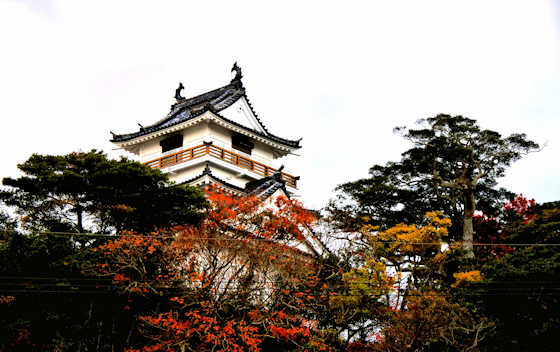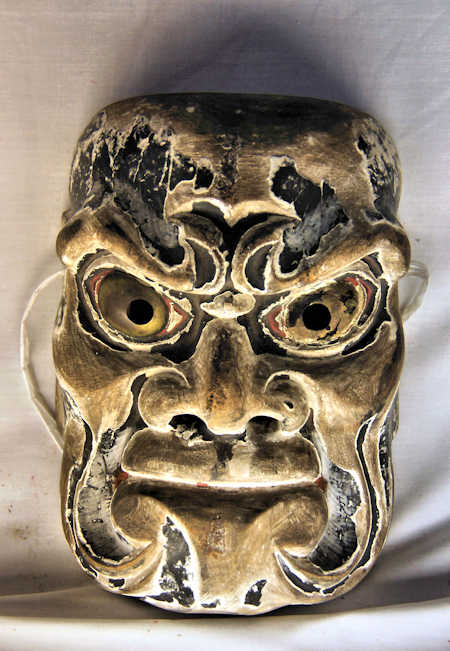Hundreds of stone lanterns line the main road that leads towards the Chiran Peace Museum in Chiran, southern Kagoshima. Chiran was an airbase operating during WWII that was home to one of the "Special Attack Squadrons", known as kamikaze in English.
All the displays are to do with the kamikaze operations and it is heavily focussed on the pilots themselves. It is very much a place to memorialize them and revere them.
The grounds of the museum also includes a Shinto shrine and a Buddhist temple, both of which revere the dead pilots. Photography was not allowed inside the museum.
I was quite uncomfortable during my visit as there was a heavily nationalistic element to the place, and in my humble opinion nationalism is not connected with peace. Individuals sacrificing their lives for the state is an increasingly popular ideology, especially for the sociopaths who comprise the state.
There seems to be no mention of the indoctrination that caused the sacrifice of the pilots in an unwinnable war, nor that such tactics likely influenced the decision to drop the nuclear bombs.
Many of the "peace" museums in Japan focus almost exclusively on Japanese victims. A few that didn't have in recent years had their funding removed.

































































